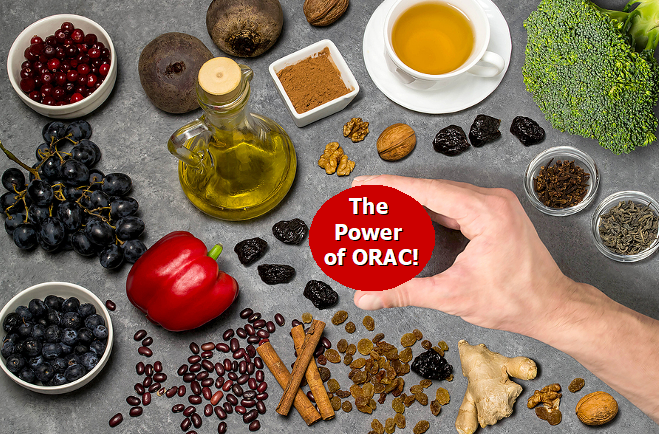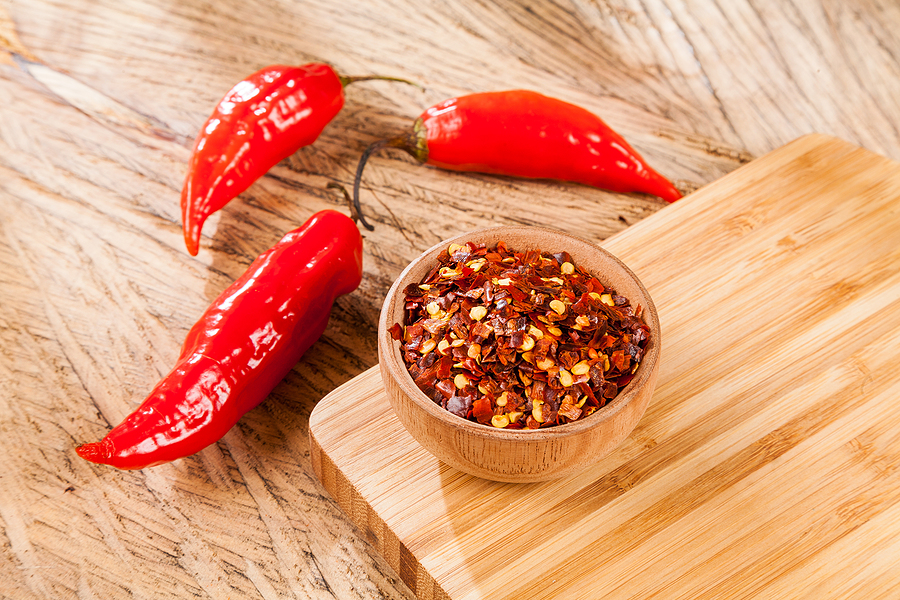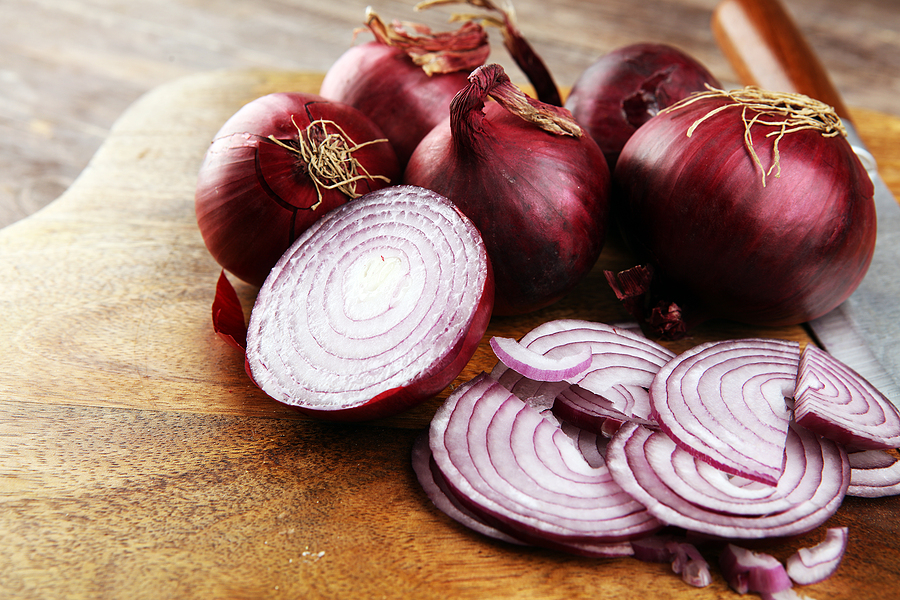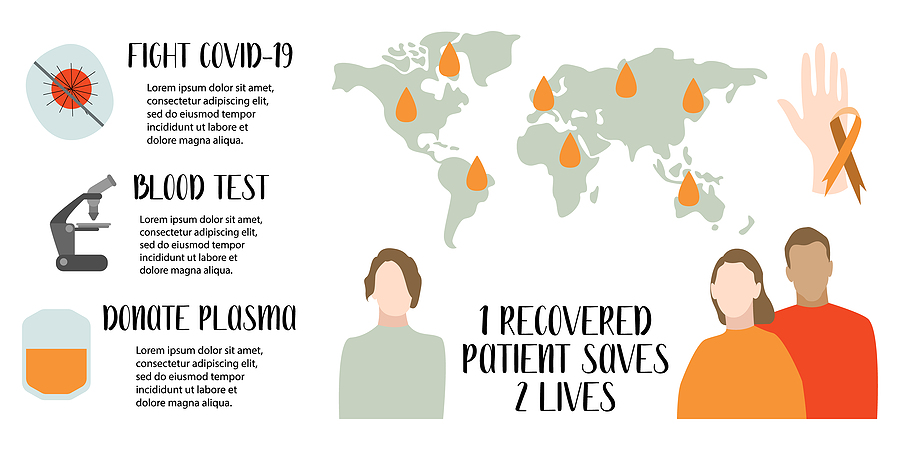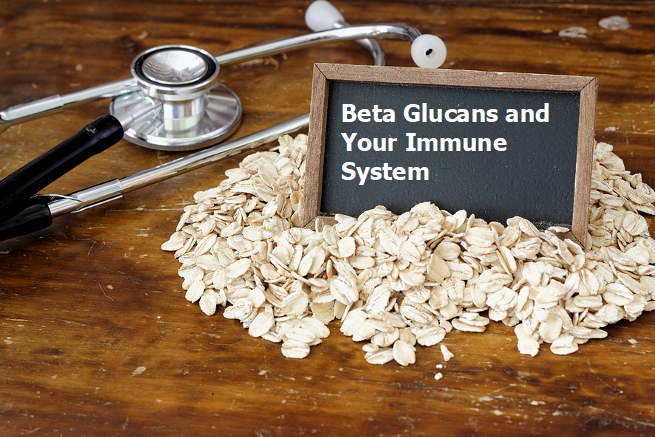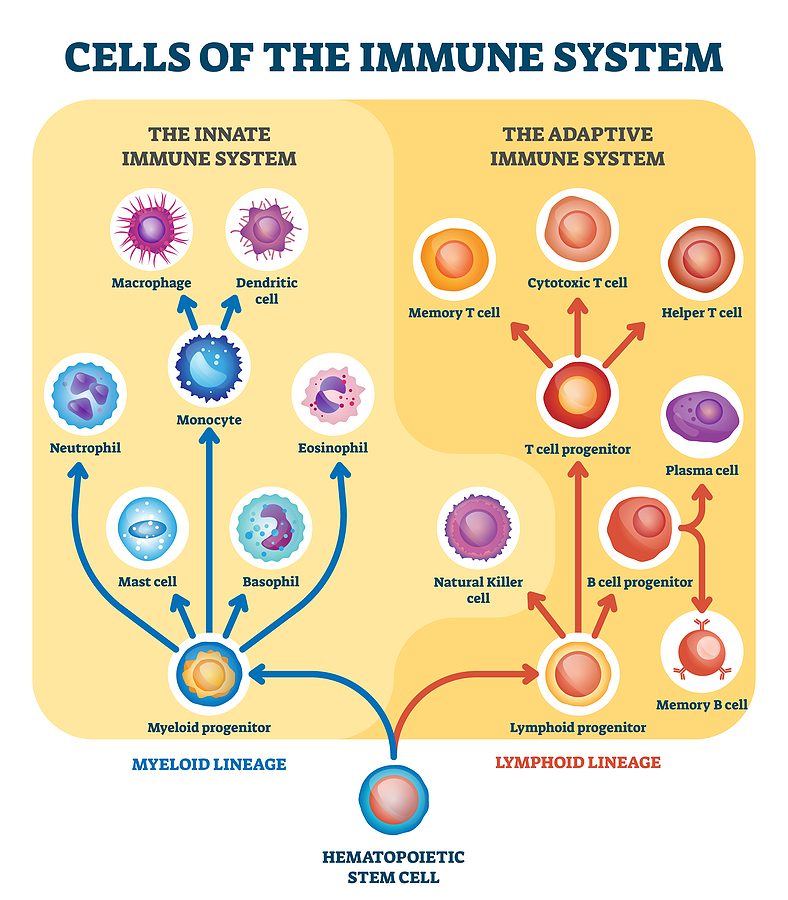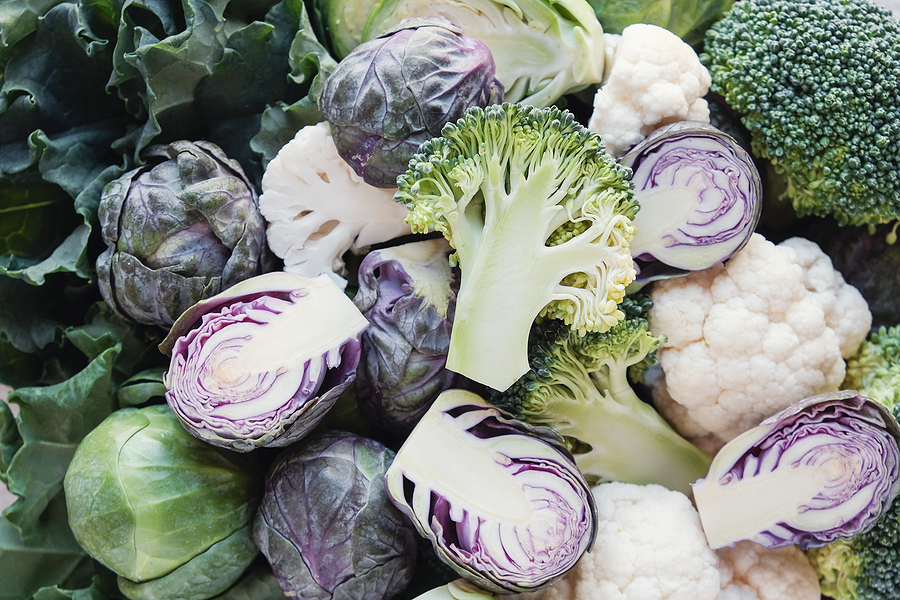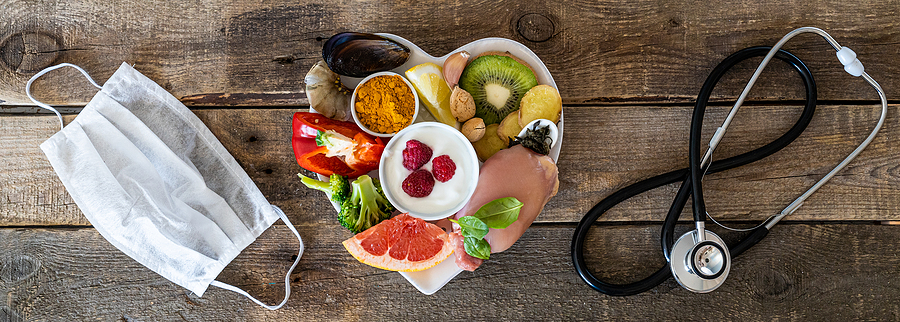If you don’t know about the power of ORAC to help you fight free radical damage, then it’s time that you learned. Free radical damage is one of the leading causes of inflammation and contributes to the aging process.
So let’s start with a definition.
ORAC is an acronym for Oxygen Radical Absorbance Capacity. That’s just a fancy way of measuring how effective a food is in delivering needed antioxidants to help your body fight free radical damage.
The ORAC Value is the number assigned to a food and represent its ability to provide antioxidants. The higher the ORAC value, the greater the number of antioxidants that food can provide.
Currently, the United States Department of Agriculture recommends a diet of fruits and vegetables that will allow you to consume between 3,000 to 5,000 ORAC units per day. This will help you maintain an optimal level of antioxidant protection.
Learning how to apply the ORAC value of foods is one of the most effective tools you can use to slow down the aging process. And help your body prevent degenerative diseases.
There are several key factors that cause our body to age. Free radical damage is one of them. Not only does it cause us to age prematurely, but it’s also a leading contributor to inflammation and the development of degenerative diseases.
Just the act of respiration to produce energy creates free radicals. Add in environmental factors, cooking techniques, and unhealthy habits like smoking, and your body is bombarded every second by thousands of unstable molecules called “free radicals.”
To become stable each free radical will steal an electron from another atom or molecule resulting in a new free radical, which then repeats the process. Eventually, this chain reaction ends when free radicals steal their electrons from your body’s cells causing cellular damage. Over time this results in, or greatly contributes to, the development of most diseases.
Antioxidants are one of the keys to stopping free radical damage. They are molecules that freely give away an electron and remain stable after they do so. This effectively stops the chain reaction and spares your body’s cells from potential damage.
And while fruits and vegetables can be powerful sources of antioxidants, wouldn’t it be useful to know which ones provide the greatest antioxidant protection or ORAC score? Read More →
